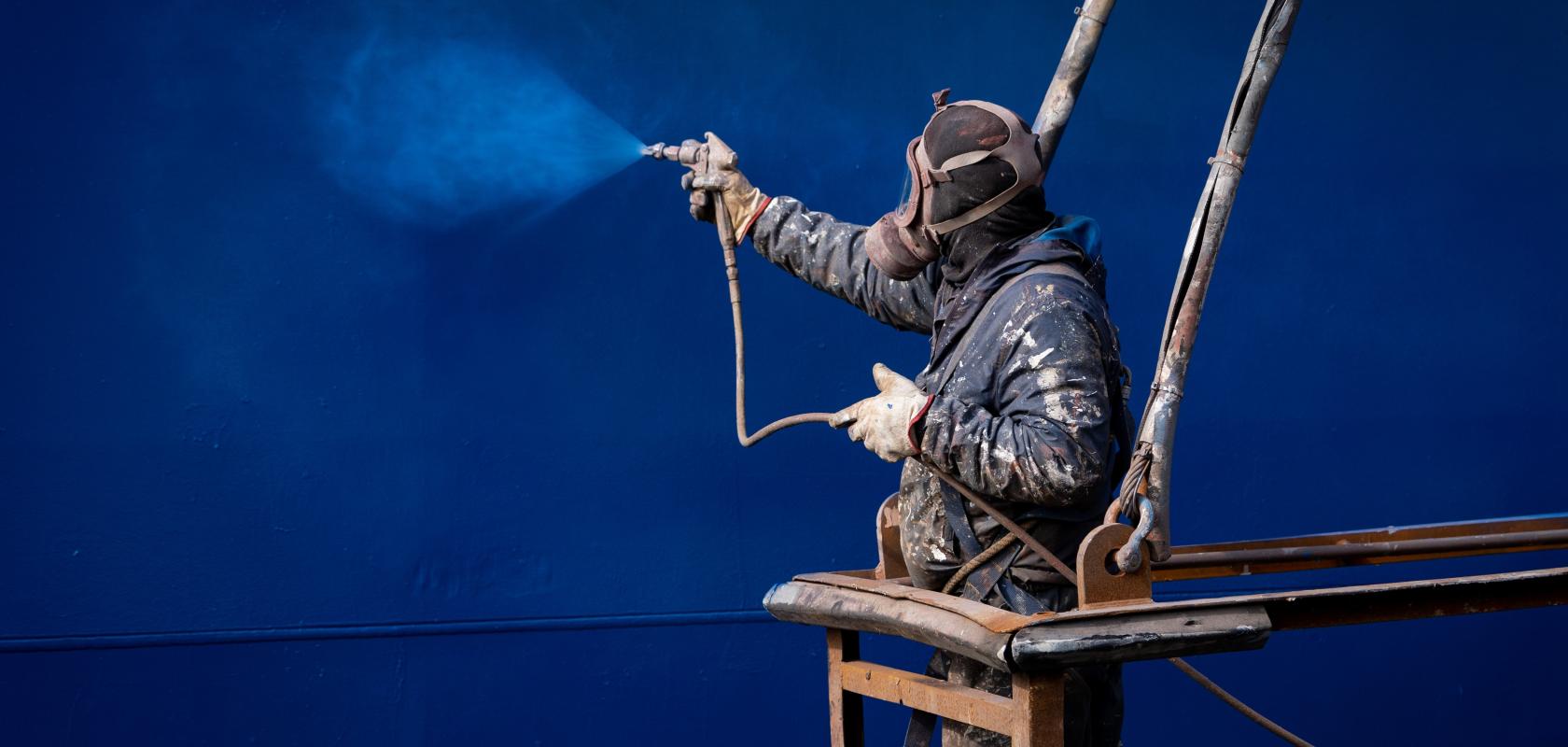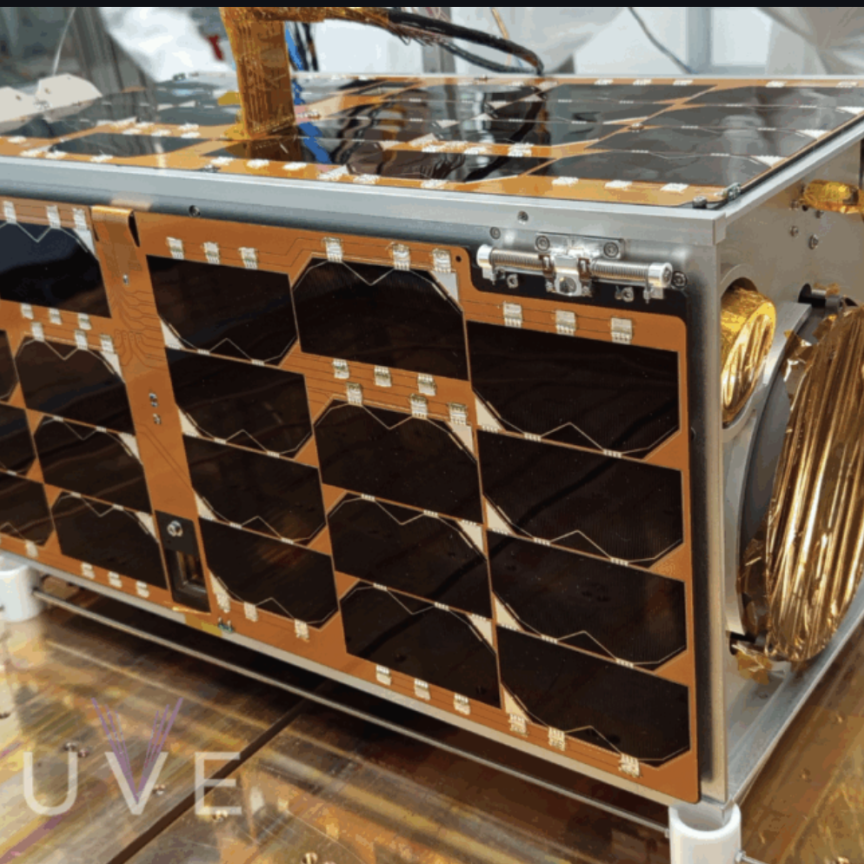Christian Rosenberg Petersen, from the Technical University of Denmark, discusses his work with EO’s Ben Townsend on using laser spectroscopy to analyse paint removed from ships
Petersen is working on a project that uses different types of spectroscopy to analyse the chemical composition of paint laser-ablated from ships in order to assess the level of health hazard and environmental pollution it presents. Electro Optics finds out more:
EO: Could you give a brief overview of your project? What inspired it?
CRP: The project is called LASER-CLEANR (Laser Ablation and Spectroscopy for Eco-friendly Removal of Coatings, Lower Emissions And Recycling). It’s a one-year project funded by The Danish Maritime Fund. The two project partners are the DTU Electro Department of Electrical and Photonics Engineering, and the Danish paint company Hempel.
The main goal of the project is to investigate laser ablation as an alternative to abrasive medium blasting for paint removal on ships. We’re investigating the ablation process and its waste products using two types of spectroscopy. The ablation plasma is analysed by radiative recombination UV/VIS emission spectroscopy (190-440nm). This is also referred to as laser-induced breakdown spectroscopy (LIBS). The resulting fumes from the process are also collected and analysed using multi-pass gas absorption Fourier transform infrared (FTIR) spectroscopy.
The aim is to find out what chemical compounds are produced in the process, and if they are hazardous to the environment or human health. The solid waste product is also collected and analysed using traditional wet chemistry.
EO: What real-world applications does your project have? Why is it important?
CRP: Abrasive medium blasting is the prevalent method for industrial paint removal, and it has an enormous environmental impact. If laser ablation can replace abrasive methods, there is a potential for reducing the environmental impact by eliminating the contaminated waste (abrasive medium + paint particles) and eliminating the dust clouds and contaminated water that spreads paint particles and microplastics into the environment (including the sea).
Unlike abrasive medium blasting however, laser ablation is highly dependent on the optical properties of the paint. This includes pigment colour, glossiness, surface roughness, uniformity, level of degradation/contamination, and so on.
EO: What spectroscopy equipment are you using? Why did you choose it?
CRP: For UV/VIS spectroscopy we are using a fibre-coupled UV/VIS array spectrometer from Ibsen Photonics that captures the entire 190-440nm band in one go. This is needed because the emission spectrum is very sensitive to variations in paint thickness, surface quality, contamination, and so on, so it’s not stable enough to perform slow scanning spectroscopy.
For gas analysis, we’re using an in-house-made broadband supercontinuum laser and a Heriott multipass gas cell from Thorlabs to enable long interaction length with the gas (31m). The spectral analysis is performed using a compact, fibre-coupled FTIR spectrometer from Arcoptix.
EO: Could your project benefit the wider photonics industry?
CRP: If laser ablation for paint removal can be demonstrated on a large scale, such as on entire ships, then I believe many shipyards and other service providers will see the potential and create demand for high-power lasers, beam scanning systems, and so on.
Part of the project also involves collecting the gas and particles from the ablation process and building a prototype system for paint removal and material collection. Here, it could be beneficial for us to partner up with experts in air/gas flow, thermo-mechanics, or even plasma physics.
EO: What are your next steps?
CRP: After we finish our LIBS analysis in the lab, we will move on to the gas analysis, using it to investigate different types of marine coatings.

Christian Rosenberg Petersen is a researcher working in the Technical University of Denmark’s Department of Electrical and Photonics Engineering


